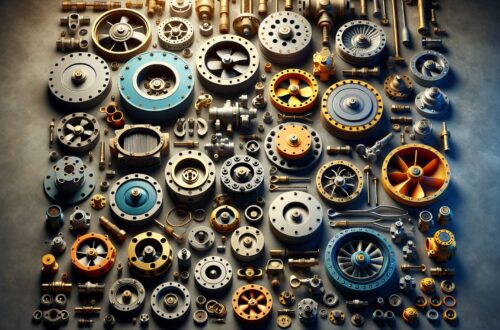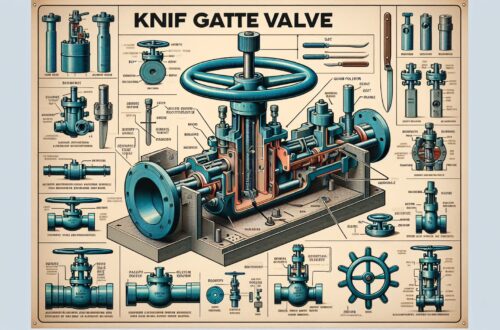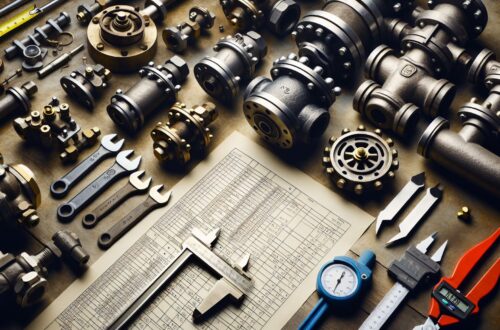
Valve Maintenance: The Essential Guide
An industry that largely goes unnoticed is the highly-operative valve industry. Even though we don’t give much credit to it, the fact is that the direction of movement of almost every product and material is due to valves. If these unsung heroes are not properly maintained, the resultant into catastrophe can be massive. So without any further ado, let’s dive into the vital topic of valve maintenance.
What is Valve Maintenance?
Valve maintenance involves the inspection, adjustment, cleaning, and replacement (if necessary) of valve parts to ensure that the valve continues functioning at its best. Regular valve maintenance is essential to extend the service life of valves, prevent accidents, and save the cost of buying new valves.
The Importance of Valve Maintenance
Ignoring valve maintenance can lead to various situations like leakage, blockage, and corrosion. These issues can cause shutdowns, environmental damage, and even serious accidents. Regular maintenance can prevent these situations and also prolong the service life of valves. This can lead to cost savings in the long run not just from reduced valve replacements, but also less downtime and better industrial safety.
Types of Valve Maintenance
-
Preventive Maintenance: This involves regular checks and small repairs to ensure that the valve keeps functioning without problems.
-
Corrective Maintenance: This involves fixing problems that have already occurred. It is more of a reactive type of maintenance.
-
Predictive Maintenance: This involves monitoring the condition of the valve to predict when maintenance will be needed.
In a well-managed valve maintenance program, all three strategies should be combined effectively.
Steps of Valve Maintenance
-
Inspection: Regular inspections should be conducted to check the functioning and physical condition of the valves.
-
Cleaning: Valves should be cleaned of debris and scaling, which can hinder their operation.
-
Lubrication: Certain parts of the valves should be lubricated to promote smooth operation.
-
Adjustment: Valves may need to be adjusted to ensure the correct pressure and temperature levels.
-
Parts replacement: If any part of the valve is malfunctioning, broken, or worn out, it should be replaced.
Conclusion
Regular and proper valve maintenance is necessary for every industry using them. And while it may seem like an additional burden to many, when considered the benefits it provides in terms of safety and cost savings, one would find it’s a burden worth carrying.
Sources:
- “Why Valve Maintenance is Paramount for Efficient Living.” Process Industry Forum.
- “4 Valve Maintenance Tips That Will Save You Money.” Ausenco.
- “Understanding Valve Design and Alloys.” Valve Magazine.




